Meeting ventilation requirements – now and in the future

Ruth MacEachern, Product Manager at EnviroVent, looks at how the updated Building Regulations are driving the adoption of a system based approach to ventilation.
The construction industry is facing significant changes. The latest updates to Approved Document F Building Regulations and the much anticipated introduction of the Future Homes and Building Standard are fundamentally reshaping how the industry approaches ventilation in modern buildings.
Legislation is driving the industry towards a systematic approach to ventilation, moving away from intermittent and natural systems and more towards continuous whole house systems that prioritise performance, sustainability and efficiency.
Driving up standards
Choosing the right ventilation system is vital for compliance and to ensure good levels of indoor air quality (IAQ) that benefits the health of occupants. Mechanical Ventilation with Heat Recovery (MVHR) systems are increasingly being specified to meet Building Regulations in new and refurbished homes, which not only provides a high level of IAQ, but also recovers heat from extracted air, therefore saving energy.
MVHR systems provide a complete indoor environmental management system that operates on a simple yet effective principle. They simultaneously supply filtered air and extract stale air throughout a property, ensuring continuous air circulation that maintains optimal IAQ. However, what sets them apart is their ability to recover heat from extracted air to warm incoming filtered air, creating an energy efficient cycle that dramatically reduces heating costs whilst maintaining superior indoor conditions.
The technology centres around a heat exchanger core – typically achieving efficiency rates of 85-95% – where outgoing warm air passes alongside incoming cold air through separate channels. This process transfers thermal energy without mixing the airstreams, ensuring that filtered air enters the building pre-warmed whilst stale air exits, taking pollutants and excess moisture with it.
Demand-controlled ventilation represents an emerging trend, where systems automatically adjust themselves based on real-time IAQ measurements, occupancy sensors and external weather conditions. This intelligent operation further optimises energy consumption whilst maintaining superior indoor conditions.
Advanced filtration capabilities further enhance an MVHR system’s performance, which is particularly important in inner city environments where external air quality can be compromised. Modern MVHR units, like the energiSava range, can accommodate ISO Coarse (filtration standard), or a high performance fine dust filter is an option that is also available with some units.
This filtration capacity is effective in dealing with high pollution levels, including pollen and dust in external air. Separate filter systems can also be utilised where higher external pollution levels may exist, such as near busy roads or in city centres.
Recent legislation, in the form of Approved Document O, which was introduced as part of the Future Homes Standard framework, focuses on mitigating overheating in homes. Some ventilation units can be used to help combat this or used with a secondary ventilation strategy where higher airflows are required. The transition towards systematic ventilation approaches represents a shift from reactive problem-solving to proactive performance optimisation. MVHR technology provides the foundation for this change, offering building owners and occupants unprecedented control over their indoor environment whilst contributing to broader sustainability goals.

Proper installation
Effective specification and installation remain crucial to realising these benefits. As with any sophisticated building system, the quality of design, installation and commissioning directly impacts long-term performance and occupant satisfaction. Courses like the NICEIC-accredited Domestic Ventilation course are playing a key role to drive up standards in the industry.
The regulatory landscape will continue to evolve, with future standards likely to place even greater emphasis on IAQ, energy efficiency, competency of installers and environmental performance. MVHR systems, with their proven ability to address these multiple requirements simultaneously, will play an increasingly central role in meeting these challenges.
For building owners, architects and construction professionals, understanding and embracing a systematic approach to ventilation represents not just regulatory compliance, but a strategic investment in building performance, occupant wellbeing and long-term sustainability.
Economic and environmental impact
The benefits of MVHR systems can clearly be seen – by maintaining optimal indoor humidity levels and preventing condensation these systems help protect the building fabric from moisture-related deterioration, potentially saving thousands of pounds in remedial work over a building’s lifetime.
Studies have consistently demonstrated that improved air quality in a home leads to better health outcomes, with lower rates of asthma and other respiratory issues. From an environmental perspective, MVHR systems contribute to carbon reduction goals by minimising the energy required for space heating. When combined with renewable energy sources such as heat pumps or solar panels, they form part of a comprehensive approach to sustainable building operation that aligns with Net Zero carbon objectives.
The updated building regulations reflect a growing recognition that traditional ventilation approaches – often relying on natural ventilation or basic extract fans – cannot meet the demands of modern, highly insulated buildings. By adopting a systematic approach to ventilation, with advanced technologies like MVHR, along with effective system design and installation, means that building owners can enhance IAQ, achieve energy efficiency and contribute to sustainability goals.







